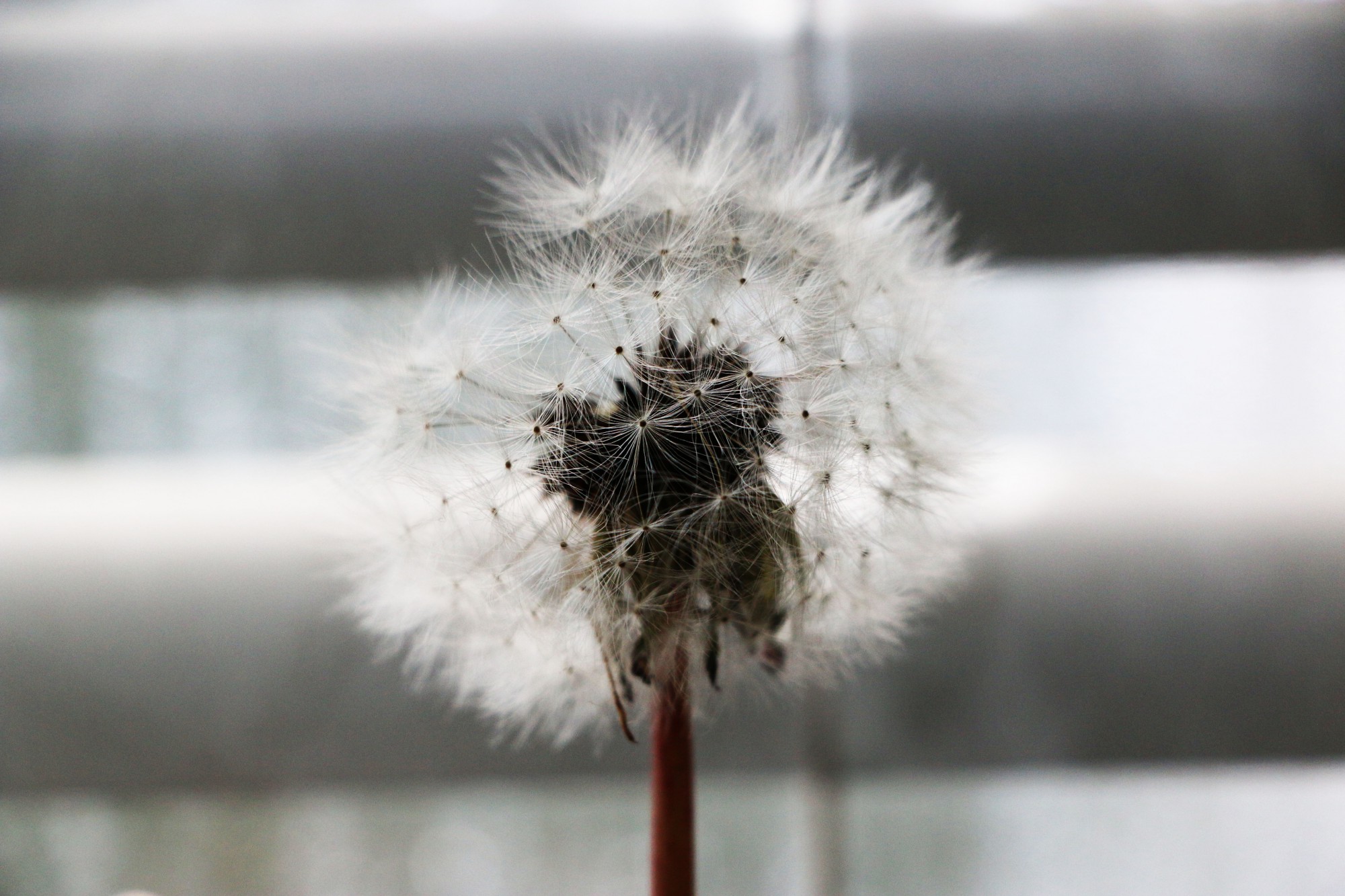Who is William Henry Fox Talbot?
William Henry Fox Talbot (11 February 1800- September 17 1877) was an English Chemist, linguist, archaeologist and a pioneer photographer. Talbot invented the salted paper and calotype processes, antecedent to photographic process of the later 19th and 20th centuries.
In 1853, Talbot published his first article documenting a photographic discovery, that of the negative paper. These ‘photogenic drawings’ were fundamentally contact prints on light sensitive paper through which unfortunately produced dark spotty images.
However in 1840, Talbot went on to improve and develop the three primary elements of photography- developing, fixing and printing. By accident, he discovered that an image was produced after a very short exposure and although he was unable to see it, he found that he could develop it into a useful negative where the image on the negative was then fixed with a chemical solution.Through this, the light-sensitive layer was removed and allowed the picture to be viewed and exposed in bright light. This process was called calotype, later the talbotype.
What is a dark room?
A dark room is a room that’s blacked out with enough space to lay in three printing trays in a row with a bucket or sink filled with water nearby and an area where you can expose light.
In order to make a photogram, you must have the following materials:
- Enlarger or a light source which can be used to expose a bright light on the light-sensitive paper.
- Safe light- red or orange dome which will allow you to see in the dark room to develop the photogram.
- Printing paper- coated with light-sensitive emulsion.
- Timer- to time how long the paper has been on the developer, stop bath, and fixer.
- Developer
- Stop-Bath
- Fixer
- Three developing trays 10×8 in size
- Measuring Cylinders- to measure the ration between the chemicals and water
- Running water- to wash the printing paper
- Print drying rack
- Tongs- to help you transfer the paper from tray to tray without having to touch the paper itself.
MEASUREMENTS
METHOD
- First, we had to set up the light source so that it covers an area bigger than the paper we were going to used. In this case we set the lens up at f/8.
- We then turned the lights out and made sure that the safe light was on and then opened the box containing the light sensitive paper placing one sheet underneath the light source arranging the objects we wanted to be on the photogram.
- Next, we switched the enlarger on and expose the paper for around 7 seconds or less.
- After that, we carefully took the objects off the paper and place the paper in the developer bath for a minute (Note that it is required to shake often in all the three processes).
- When a minute has passed,we grabbed a pair of tongs and gently transferred the light-sensitive paper on the stop-bath and left it for about 30 seconds making sure that the paper is sitting on the bath while shaking it regularly.
- After 30 seconds, we then transferred the paper in to the fixer bath and left it for 2 minutes.
- After 2 minutes has passed, we took the paper to the sink to soak for a while and then left it on the dryer.
The Results!
What went wrong
For my first attempt to create a photogram, I decided to experiment with time to see how it would affect with the development of the image. However, what I found that through leaving the light on for more than 7 seconds, this caused the image to become a bit darker, causing less details to show. However I still liked the outcome therefore I still proceeded to use the image.
What went right
For my second attempt to create a photogram, I finally decided to leave the light on for less than 7 seconds which gave me the result of some parts of the object fading. This gives the effect of how the background is s0mehow merged with the object but in reality, they are actually separate things.













One thought on “William Henry Fox Talbot (1800-1877)”